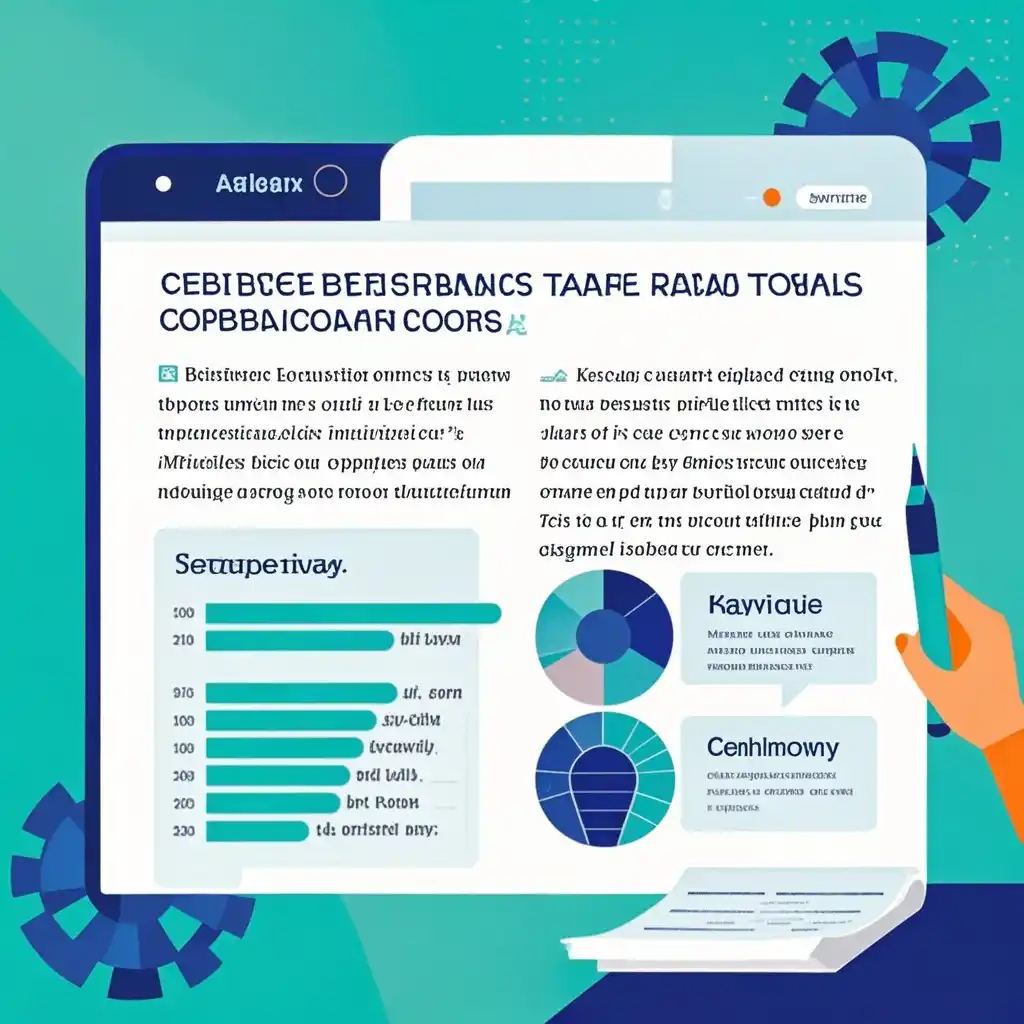

In the dynamic world of cross-border e-commerce, enterprises are constantly facing new challenges and changes. One of the most significant hurdles in recent times has been the introduction of new trade regulations that have led to an increase in compliance costs, especially in terms of tariffs. This has put a considerable strain on cross-border e-commerce businesses, forcing them to reevaluate and adapt their operations to stay afloat and remain competitive.
Background
The growth of cross-border e-commerce has been remarkable over the past few decades. It has opened up new markets for businesses of all sizes, allowing them to reach customers around the globe with relative ease. However, this expansion has also caught the attention of regulatory authorities, who have been working to ensure that trade is conducted fairly and in accordance with various international agreements and domestic laws. As a result, new trade regulations have been introduced at a steady pace. These regulations often aim to protect domestic industries, safeguard consumer rights, and ensure proper revenue collection through tariffs. For cross-border e-commerce enterprises, the impact has been twofold. Firstly, they now have to deal with more complex customs procedures, which can slow down the delivery of goods and frustrate customers. Secondly, and perhaps more significantly, the increase in tariffs has directly affected their profit margins. For example, let's consider a small e-commerce business that specializes in selling handmade jewelry from Country A to customers in Country B. Before the new trade regulations, they were able to offer their products at a competitive price, with a reasonable profit margin. However, with the introduction of higher tariffs on imported jewelry, they now have to either absorb the cost, which would eat into their profits, or pass it on to the customers, which could make their products less attractive in the highly competitive e-commerce market.
Overview of New Trade Regulations
New trade regulations can vary widely depending on the countries involved and the nature of the goods being traded. Some common elements include:
- Tariff Increases: As mentioned earlier, many new regulations have led to higher tariffs on certain categories of goods. This is often done to protect domestic producers from foreign competition. For instance, if a country has a significant textile industry, it might increase tariffs on imported textiles to make locally produced fabrics more competitive.
- Customs Documentation Requirements: There has been a tightening of customs documentation procedures. Cross-border e-commerce enterprises now need to provide more detailed and accurate information about the goods they are shipping, including their origin, value, and composition. This is to ensure that the correct tariffs are applied and to prevent any illegal or misdeclared imports.
- Product Safety and Quality Standards: In addition to tariffs and documentation, there has been an increased focus on product safety and quality. Goods being imported need to meet certain standards set by the destination country. For example, if an e-commerce business is selling children's toys to another country, those toys must comply with the safety standards of that country, such as being free from harmful chemicals and having appropriate safety features.
Adaptation Strategies for Cross-border E-commerce Enterprises
Despite the challenges posed by the new trade regulations, cross-border e-commerce enterprises can take several steps to adapt and thrive in this new environment:
- Stay Informed: The first and most crucial step is to stay updated on the latest trade regulations. This means regularly monitoring official government announcements, subscribing to industry newsletters, and participating in relevant trade associations or forums. For example, a large e-commerce platform that deals with a wide range of products from different countries should have a dedicated team that keeps track of regulatory changes in each of the target markets. By being aware of the new regulations as soon as they are announced, businesses can start planning their compliance strategies well in advance.
- Optimize Supply Chain: Given the impact of tariffs on costs, it is essential to optimize the supply chain. This could involve sourcing products from different locations to take advantage of lower tariffs or free trade agreements. For instance, if a particular country has a free trade agreement with another country where the products are sourced, the e-commerce enterprise could potentially avoid or reduce the tariff burden. Additionally, businesses can work on streamlining their logistics operations to reduce transportation costs and improve delivery times.
- Invest in Compliance Technology: To handle the increased complexity of customs documentation and ensure accurate reporting, investing in compliance technology can be a game-changer. There are now many software solutions available that can automate the process of generating and submitting customs documents. These tools can also help in tracking and managing product compliance with safety and quality standards. For example, an e-commerce company that imports electronics could use a compliance software to ensure that all the products it sells meet the required electrical safety standards of the destination country.
- Build Strong Relationships with Customs Authorities: Establishing good relationships with customs authorities can go a long way in facilitating smoother trade operations. This could involve regular communication, attending customs workshops or seminars organized by the authorities, and being transparent in all business dealings. For example, a cross-border e-commerce enterprise that ships a large volume of goods could work with the customs authorities to develop a pre-clearance process for its shipments. This would not only speed up the customs clearance process but also reduce the likelihood of any disputes or delays.
- Diversify Product Offerings: To mitigate the impact of higher tariffs on specific products, cross-border e-commerce enterprises can consider diversifying their product offerings. Instead of relying heavily on a single product category that may be subject to high tariffs, they can expand into other areas where the tariff situation is more favorable or where there is a growing market demand. For example, if an e-commerce business that mainly sells high-end fashion items is facing significant tariff hikes on those products, it could start adding a line of affordable accessories or beauty products that may have lower tariffs or be exempt from them.
Summary
The introduction of new trade regulations with increased compliance costs, especially in terms of tariffs, has presented a significant challenge for cross-border e-commerce enterprises. However, by understanding the background and details of these regulations and implementing effective adaptation strategies such as staying informed, optimizing the supply chain, investing in compliance technology, building strong relationships with customs authorities, and diversifying product offerings, these businesses can not only survive but also thrive in the new trade environment. It is essential for cross-border e-commerce enterprises to be proactive and flexible in their approach to adapt to the ever-changing landscape of international trade regulations. Only then can they continue to grow and succeed in the global e-commerce market.